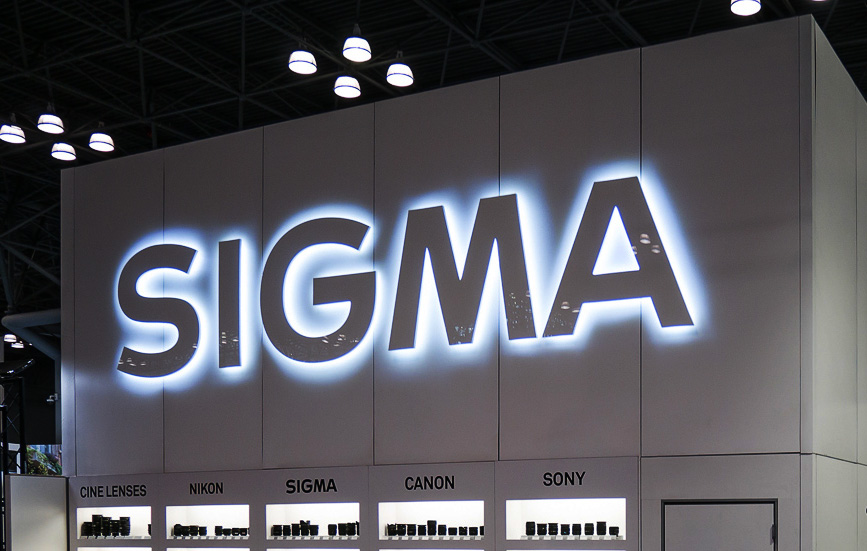
Phototrend interviewed Sigma’s President Kazuto Yamaki about the new lenses they launched. Below are bullet points from the translated interview that you can find in full here.
- France is Sigma’s fifth or sixth-largest market
- The Sigma 10-18mm f/2.8 DC DN Contemporary is Sigma’s third wide-angle zoom
- Sigma took a while to develop the Sigma 70-200mm f/2.8 DG DN OS Sports because they didn’t want to just release a lens like others at a lower price point
- The Sigma 70-200mm f/2.8 DG DN OS Sports has three characteristics it is light, has fast AF, and has great optical stabilization
- During COVID many consumers invested in high-end equipment and many professionals switched to mirrorless, but since inflation people have been looking for a balance of price and performance so a lot of value for the dollar is now a key concern
- The 10-18mm f/2.8 could have been an ART lens but then it would have been bigger and more expensive, but as a contemporary lens there is a balance between performance, weight, and compactness
- The 10-18mm uses in-camera correction which is why they were able to bring it to market quickly
- In-camera correction keeps getting better, especially when dealing with distortion
- In-camera corrections only really become noticeable if you blow an image up
- If this lens was an Art lens it would use less correction or none so the distinction between art and contemporary makes sense
- Sigma’s three new Z-mount lenses have been well-received
- Sigma is excited for Z mount and excited to make retro lenses for retro Nikon bodies
- The I Series pairs well with Z cameras
- It is easy to use E and L mount designs on Z mount bodies especially since E mount has a smaller diameter than Z, but doing the opposite would be hard
- Can’t comment on discussions with Canon
- Sigma currently has no plans to make GFX lenses but they are ideal customers since they are professionals and high-level enthusiasts.
- Kazuto Yamaki wishes they could do something for GFX but Sigma’s engineers are busy and resources are limited
- It is a possibility in the future, but as of now there are no plans
- Even though Sigma built a new building it hasn’t helped them increase supply because mirrorless lenses are getting better and require more elements
- Sigma’s biggest advantage is they produce almost everything themselves and they take their time to assemble lenses in-house which gives them high-quality control
- Sigma licenses L mount from Leica so they do not have much say in who joins
- If you want a traditional camera you can go with Leica, Panasonic, etc… if you want something unique you can go with Sigma
- Sigma thinks the alliance provides flexibility to L mount owners
- AI is already used in cameras for autofocus, but Kazuto Yamaki is concerned about excessive AI adoption and the confusion it can lead to
- Sigma hasn’t made much progress with its full-frame Foveon sensor and progress has been slow since the semiconductor industry is very busy
- Sigma isn’t giving up they want to make a full-frame Foveon sensor
Sigma 10-18mm f/2.8 DC DN Contemporary
B&H Photo / Amazon / Adorama
Sigma 70-200mm f/2.8 DG DN OS Sports Coming Dec
B&H Photo / Amazon / Adorama
Follow SonyAddict on Facebook, Twitter, Instagram, and YouTube
Plus our owners’ groups
Sony a1 Owners Group
Sony a9 Owners Group
Sony a7 Owners Group
via FujiAddict